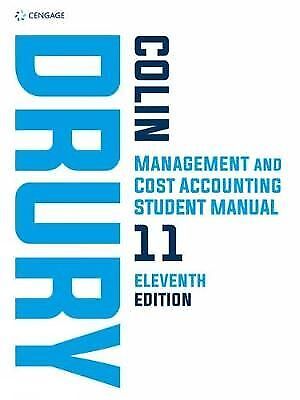Question
Citizens Radiation Monitoring Program The accident at Three Mile Island (TMI) in March 1979 released small but significant levels of radioactivity into the atmosphere, exposing
Citizens Radiation Monitoring Program
The accident at Three Mile Island (TMI) in March 1979 released small but significant levels of radioactivity into the atmosphere, exposing residents of the area surrounding TMI to a maximum radiation dosage twice that of average yearly background levels. Despite reports of no immediate or long term health effects from the accident, many residents were concerned about the risks associated with radiation exposure. These concerns were heightened when Metropolitan Edison (the operator of Three Mile Island) proposed releasing low levels of radioactive krypton gas into the atmosphere as the first step in the proposed cleanup of the reactor. The full extent of damage to the reactor would not be determined until the gas is contained and removed. The staff of the Nuclear Regulatory Commission (NRC) had determined that the purge would not endanger the health and safety of the public (TMI Support Staff, 1980).
At the time public trust in Met Ed and the RNCs own special inquiry into the accident attributed what is called public misconceptions about risks to a failure to convey credible information regarding the actual risks in an understandable fashion to the public (Rogovin. 1980). This mistrust promoted several communities to appeal to the governor and the President for independent sources of information about radiation levels. Concerns about the risks grew to extreme proportions in March 1980 during public meetings on the environmental impact of the purge. Public opposition to the proposed purge was so fierce that it drowned out the NRCs announcement that community monitoring program was under way
In February the US Department of Energy (DOE) assembled a team of representatives (called the Technical Working Group) from the environmental Protection Agency, the Pennsylvania State University and EG&G Idaho (a technical consultant to Met Ed) to design and implement the Citizens Radiation Monitoring Program. The programs purpose was to ensure that citizens in the vicinity of TMI received accurate and credible information about radiation levels during the purge. The program was based on the premise that citizens were more likely to believe information generated by themselves or by their neighbours than by government officials, whose credible they considered questionable. Through the program, local citizens conducted routine monitoring of radiation levels using equipment provided by the Department of Energy.
The Technical Working Group (TWG) sought input on the design of the program from officials of three countries and twelve municipalities that fell within a five-mile radius of TMI. Each community nominated four citizens to serve as monitors. The monitors included teachers, secretaries, engineers, housewives, police officers and retirees. They ranged in age from early Twenties to senior citizens. Their political persuasions about nuclear power ran the gamut from pro to antinuclear. The monitors were given an intensive crash Course on radiation and its effects and detection methods, and were given hands-on training so that they could operate the monitoring equipment and interpret the measurements for their fellow citizens.
Each participating community drew up its own monitoring schedule and selected the locations for its monitoring equipment. The citizen monitors posted daily results of the monitoring in the township and the TWG disseminated the results to the local media and to the participating agencies.
***
QUESTIONS
- How were the stakeholders interdependent? Explain Interdependence and Stakeholder in the context of this case ( 5 points)
- How were the differences handled? (5 points)
- Were the stakeholders jointly involved in the decision making? Explain (10 points)
- Who assumed responsibility for the future direction of communicating Radiation Information? Discuss (10 points)
- Explain one (1) benefit of collaboration in negotiation. Give an example of one of its benefits in this case (10 points)
Step by Step Solution
There are 3 Steps involved in it
Step: 1

Get Instant Access to Expert-Tailored Solutions
See step-by-step solutions with expert insights and AI powered tools for academic success
Step: 2

Step: 3

Ace Your Homework with AI
Get the answers you need in no time with our AI-driven, step-by-step assistance
Get Started


